

Articles
Stacked Washer Dryer Can Fit How Much
Modified: October 18, 2024
Discover how much space a stacked washer dryer can fit with our informative articles. Find out the ideal size and dimensions for your laundry needs.
(Many of the links in this article redirect to a specific reviewed product. Your purchase of these products through affiliate links helps to generate commission for Storables.com, at no extra cost. Learn more)
Introduction
Welcome to the wonderful world of stacked washer dryers! If you’re short on space but still need the convenience of a laundry set, a stacked washer dryer might be the perfect solution for you. These space-saving appliances combine a washing machine and a dryer into one single unit, allowing you to do your laundry without taking up too much room.
In this article, we’ll discuss the dimensions and capacity of stacked washer dryers, as well as factors that can affect their capacity. We’ll also provide some tips on how to maximize the capacity of your stacked washer dryer. So, whether you’re considering getting a stacked washer dryer or you already have one and want to make the most of its capabilities, keep reading to find out more.
Key Takeaways:
- Stacked washer dryers offer a space-saving laundry solution, combining convenience and efficiency in a compact unit. Understanding dimensions, capacity, and load optimization can help maximize the functionality of these versatile appliances.
- Factors such as physical dimensions, drum design, and energy efficiency can impact the capacity of a stacked washer dryer. By considering these factors and following simple tips, users can optimize load sizes and ensure effective cleaning and drying.
Read more: How Much Is A Stacked Washer And Dryer?
Overview of Stacked Washer Dryer
A stacked washer dryer is a compact and convenient laundry solution that allows you to have both a washing machine and a dryer in a single unit. These appliances are designed with a washer at the bottom and a dryer on top, hence the term “stacked.”
One of the key advantages of a stacked washer dryer is its space-saving design. By vertically stacking the washer and dryer, you can fit them into small laundry closets or tight spaces, making them ideal for apartments, condos, or homes with limited square footage.
Stacked washer dryers also offer the convenience of having a complete laundry set-up in one compact unit. Instead of needing separate machines for washing and drying, you can simply transfer your clothes from the washer to the dryer without any extra effort. This feature not only saves you space but also saves you time and energy.
Another benefit of stacked washer dryers is their energy efficiency. Many models come with energy-saving features such as sensors that detect the moisture level in the clothes and adjust the drying time accordingly. This helps reduce energy consumption and ultimately lowers your utility bills.
Additionally, stacked washer dryers are available in various configurations to suit different needs. You can choose between a gas or electric dryer, depending on your home’s energy source. Some models even offer additional features like steam wash and dry cycles, customizable settings, and smart technology integration.
Overall, a stacked washer dryer is a practical and versatile laundry solution for those with limited space. It combines the functionality of a washer and a dryer into one unit, saving space while providing the convenience of doing laundry at home.
Dimensions of Stacked Washer Dryer
The dimensions of a stacked washer dryer can vary depending on the specific make and model, but they generally follow a standard size range. Understanding the dimensions is crucial, as it will help determine if the appliance can fit into your designated laundry space.
Typically, the width of a stacked washer dryer ranges from 24 to 27 inches. This width is designed to accommodate the standard width of most doorways and entryways. It’s important to measure the width of your space to ensure that the stacked unit can fit through the door without any issues.
The height of a stacked washer dryer usually falls between 70 and 75 inches. This includes both the washer and dryer sections combined. It’s essential to consider the height of your space and take into account any overhead cabinets or shelving that may be present. Make sure there is enough clearance above the stacked unit to prevent any potential obstructions.
The depth of a stacked washer dryer can range from 26 to 32 inches. This measurement includes the depth of both the washer and dryer sections. Take into account any additional space required for ventilation and connections, such as hoses and vents, to ensure proper installation and functionality.
When measuring the dimensions of your laundry space, be mindful of any doors, walls, or furniture that may limit the available space for the stacked washer dryer. Allow for some clearance around the unit for easy access and maintenance.
It’s also worth noting that some manufacturers offer compact or slim models that have slightly smaller dimensions. These models are designed specifically for tight spaces and may be a suitable option if you’re dealing with a particularly narrow laundry area.
Before purchasing a stacked washer dryer, always check the exact dimensions provided by the manufacturer to ensure compatibility with your space. Consider not only the physical measurements but also the location of utility hookups and electrical outlets to ensure a proper installation.
Capacity of Stacked Washer Dryer
The capacity of a stacked washer dryer refers to the amount of laundry it can handle in a single load. It is important to consider the capacity when choosing a unit, as it determines how much laundry you can wash and dry at a time.
The capacity of a stacked washer dryer is typically measured in cubic feet. In general, the washer section of the unit has a larger capacity compared to the dryer section. The washer capacity can range from 2.5 cubic feet to 4.5 cubic feet, while the dryer capacity is usually around 4 to 6 cubic feet.
It is important to note that the capacity of a stacked washer dryer may be smaller than that of a standard standalone washer or dryer. This is because the space-saving design of stacked units requires a more compact size. However, the exact capacity can vary depending on the specific make and model of the appliance.
When considering the capacity, it’s essential to evaluate your laundry needs. Think about the size of your household and the typical amount of laundry you do. If you have a small household or don’t generate a lot of laundry, a smaller capacity unit may be sufficient. On the other hand, larger households or those with heavy laundry loads may benefit from a larger capacity unit.
Keep in mind that overloading the washer can negatively impact cleaning performance and prolong drying times. It’s generally recommended to fill the washer roughly 80% full to allow for proper agitation and optimal cleaning results. However, it’s important to check the specific guidelines provided by the manufacturer for your particular model.
While the washer section may have a generous capacity, it’s worth noting that the dryer section may have limitations when it comes to the quantity of laundry it can effectively dry. To ensure efficient drying, it’s advisable to leave some space in the dryer drum to allow for proper airflow and circulation.
Understanding the capacity of a stacked washer dryer can help you determine the right unit for your needs. Consider the size of your household, the amount of laundry you typically do, and the space available in your laundry area to make an informed decision.
When considering a stacked washer dryer, measure the available space to ensure it can accommodate the unit’s dimensions. Most stacked washer dryers have a total capacity of 2.5 to 3.5 cubic feet, with the washer typically having a larger capacity than the dryer.
Factors Affecting Capacity
Several factors can affect the capacity of a stacked washer dryer. It’s important to consider these factors when determining the suitable capacity for your laundry needs:
1. Physical Dimensions: The physical size of the stacked washer dryer unit can impact its capacity. Units with larger dimensions generally have a higher capacity, allowing you to wash and dry more laundry in a single load. However, keep in mind that larger units may require more space in your laundry area.
2. Drum Design: The design and shape of the washer and dryer drums can affect their respective capacities. Some units have deeper or wider drums, allowing for larger loads. Additionally, some units may have an agitator or impeller in the washer drum, which can impact the available space for laundry.
3. Energy Efficiency: Energy-efficient stacked washer dryers often have larger capacities, as they are designed to accommodate larger loads while maintaining energy-saving features. These units can handle more laundry while still ensuring optimal performance and efficiency.
4. Wash and Dry Cycles: The types of wash and dry cycles available in the appliance can impact its overall capacity. Certain cycles, such as heavy-duty or bedding cycles, may require more space for effective cleaning and drying. These cycles may have reduced capacities compared to regular or delicate cycles.
5. Water and Energy Consumption: The water and energy usage of the unit can impact its capacity. Some units may have higher water and energy consumption rates, allowing for larger loads to be washed and dried in a single cycle. However, it’s important to balance capacity with efficiency to avoid excessive resource usage.
6. Type of Fabric: The type of fabric being laundered can also impact the capacity. Bulky or heavy fabrics, such as blankets or towels, take up more space in the drum, reducing the overall capacity. Delicate fabrics, on the other hand, may require more space to avoid damage during the washing and drying process.
Considering these factors will help you determine the appropriate capacity for your stacked washer dryer. Assessing your laundry needs, available space, and the factors above will ensure that you choose a unit that can effectively handle your laundry loads while providing optimal performance and efficiency.
Typical Load Size for Stacked Washer Dryer
The typical load size for a stacked washer dryer can vary depending on the specific model and capacity of the unit. However, as a general guideline, the average load size for a stacked washer dryer is around 12 to 16 pounds of laundry.
It’s important to note that the washer and dryer sections of a stacked unit may have different load capacities. The washer typically has a larger capacity compared to the dryer. For example, a stacked washer may have a capacity of 3.5 cubic feet, allowing you to wash up to 12 pounds of laundry, while the dryer section may have a capacity of 6 cubic feet, allowing you to dry larger loads.
When determining the appropriate load size for your stacked washer dryer, there are a few factors to consider:
1. Manufacturer’s Guidelines: Always refer to the manufacturer’s guidelines to determine the recommended load size for your specific model. Manufacturers provide guidelines to ensure optimal performance and prevent overloading the unit.
2. Laundry Type: Different types of laundry may require different load sizes. Lighter fabrics, such as shirts or underwear, can be bundled together in larger loads, while heavier items like blankets or jeans may require smaller loads to ensure proper agitation and drying.
3. Level of Soil: If your laundry is heavily soiled, it’s advisable to reduce the load size to allow for more effective cleaning. Overloading the washer can result in insufficient water and detergent distribution, leading to unsatisfactory results.
4. Fabric Care: Delicate or fragile fabrics may require smaller loads to prevent damage during the washing and drying process. If you have delicate items, it’s recommended to follow the manufacturer’s guidelines or wash them separately.
5. Air Circulation: To ensure efficient drying, it’s important to leave some space in the dryer drum to allow for proper air circulation. Overloading the dryer can result in extended drying times and decreased efficiency.
By considering these factors and following the manufacturer’s guidelines, you can determine the typical load size that works best for your stacked washer dryer. Remember to balance your load sizes to ensure effective cleaning, drying, and to prevent overcrowding the unit.
Tips for Maximizing Capacity
When it comes to maximizing the capacity of your stacked washer dryer, a few simple tips and tricks can help you make the most out of each load. Here are some guidelines to follow:
1. Sort Your Laundry: Sort your laundry by fabric type, color, and level of dirtiness. This will allow you to wash similar items together and optimize the load size. Separating heavy and bulky items from lighter ones can help prevent uneven loads and ensure proper cleaning and drying.
2. Don’t Overload the Washer: Avoid overloading the washer drum as it can compromise cleaning efficiency. Fill the drum about 80% full to allow enough space for the clothes to move freely and get thoroughly cleaned. Overloading can result in insufficient water and detergent distribution, resulting in unsatisfactory results.
3. Use High-Efficiency (HE) Detergent: Opt for high-efficiency detergents specifically designed for front-loading washers. These detergents are formulated to be used in lower water levels and can help you achieve better cleaning performance even with smaller load sizes.
4. Consider Pre-Treating Stains: If you have heavily stained items, consider pre-treating them before adding them to the washer. This can help lift stains and reduce the need for additional wash cycles or rewashing, allowing you to maximize the load capacity and save time.
5. Select Appropriate Wash and Dry Cycles: Take advantage of the various wash and dry cycles available in your stacked washer dryer. Use the appropriate cycle for each load to ensure efficient cleaning and drying. Some cycles may have shorter or longer durations, allowing you to accommodate different items and load sizes accordingly.
6. Shake Out and Fluff Laundry: Before adding clothes to the dryer, give them a good shake to remove any clumps and fluff them up. This helps improve airflow and drying efficiency, allowing the dryer to handle larger loads more effectively.
7. Use Dryer Balls or Wool Dryer Balls: Consider using dryer balls or wool dryer balls in the dryer. These help create space between the clothes, promote better air circulation, and reduce drying time. By cutting down on drying time, you can fit more loads into the dryer throughout the day.
8. Be Mindful of Delicate Items: Delicate fabrics require extra care and attention. Wash delicate items separately or place them in laundry bags to prevent damage or tangling with bulkier items. By avoiding tangling and minimizing risk, you can safely maximize the capacity of your stacked washer dryer.
By following these tips, you can optimize the capacity of your stacked washer dryer and ensure efficient and effective laundry cycles. Remember to always follow the manufacturer’s guidelines and instructions for your specific appliance to avoid any issues and to prolong the life of your appliance.
Conclusion
Stacked washer dryers offer a convenient and space-saving solution for those who have limited laundry space. These appliances combine both the washer and dryer into one compact unit, allowing you to do your laundry without sacrificing valuable square footage.
When choosing a stacked washer dryer, it’s essential to consider factors such as dimensions, capacity, and factors that can affect capacity. Understanding the dimensions and capacity of the unit will help determine if it can fit into your designated laundry space and handle your laundry needs efficiently.
Factors that can affect capacity include physical dimensions, drum design, energy efficiency, wash and dry cycles, water and energy consumption, and the type of fabric being laundered. By taking these factors into account, you can choose a unit that suits your household’s laundry demands.
The typical load size for a stacked washer dryer is around 12 to 16 pounds of laundry. However, it’s important to follow the manufacturer’s guidelines and consider factors such as fabric type, soil level, and the need for proper air circulation to optimize the load size and ensure effective cleaning and drying.
To maximize the capacity of your stacked washer dryer, follow these tips: sort your laundry, avoid overloading the washer, use high-efficiency detergent, consider pre-treating stains, select appropriate wash and dry cycles, shake out and fluff laundry, use dryer balls or wool dryer balls, and be mindful of delicate items.
In conclusion, stacked washer dryers are a practical solution for those who want the convenience of a laundry set without taking up too much space. By understanding the dimensions, capacity, and factors that can affect capacity, you can make an informed decision and optimize the functionality of your stacked washer dryer. Follow these tips, and you’ll be able to efficiently tackle your laundry loads while enjoying the benefits of a compact and versatile laundry appliance.
Frequently Asked Questions about Stacked Washer Dryer Can Fit How Much
Was this page helpful?
At Storables.com, we guarantee accurate and reliable information. Our content, validated by Expert Board Contributors, is crafted following stringent Editorial Policies. We're committed to providing you with well-researched, expert-backed insights for all your informational needs.
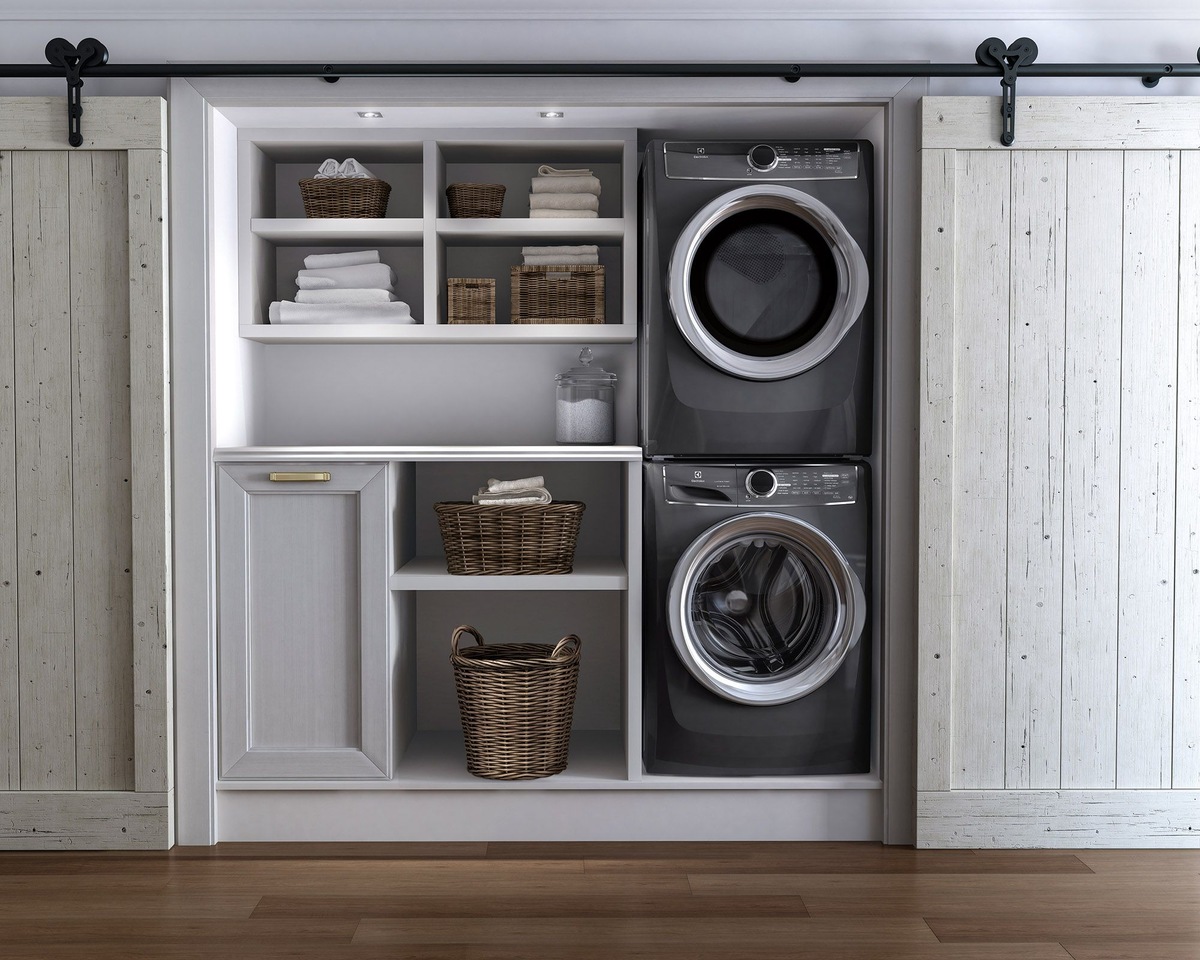
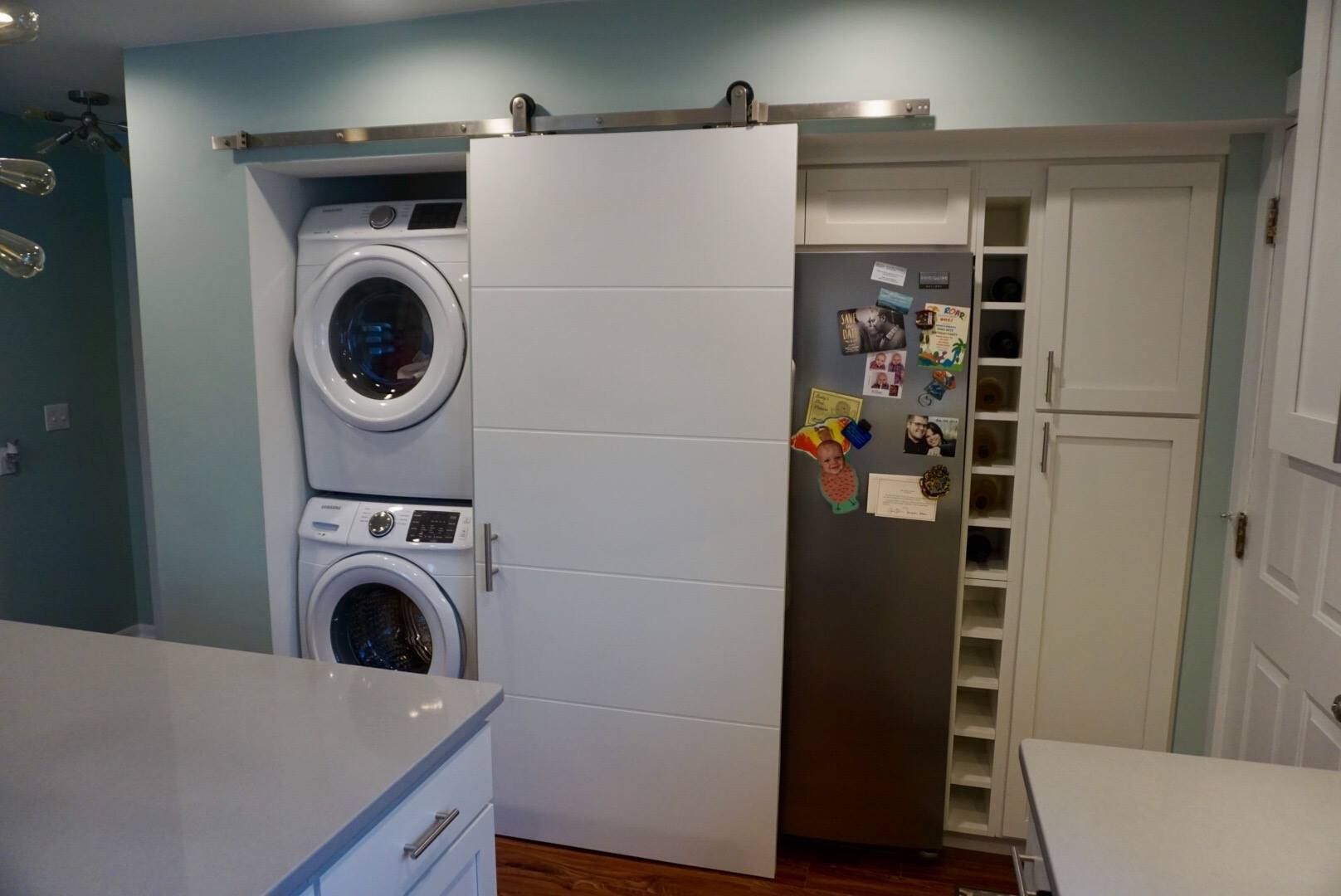

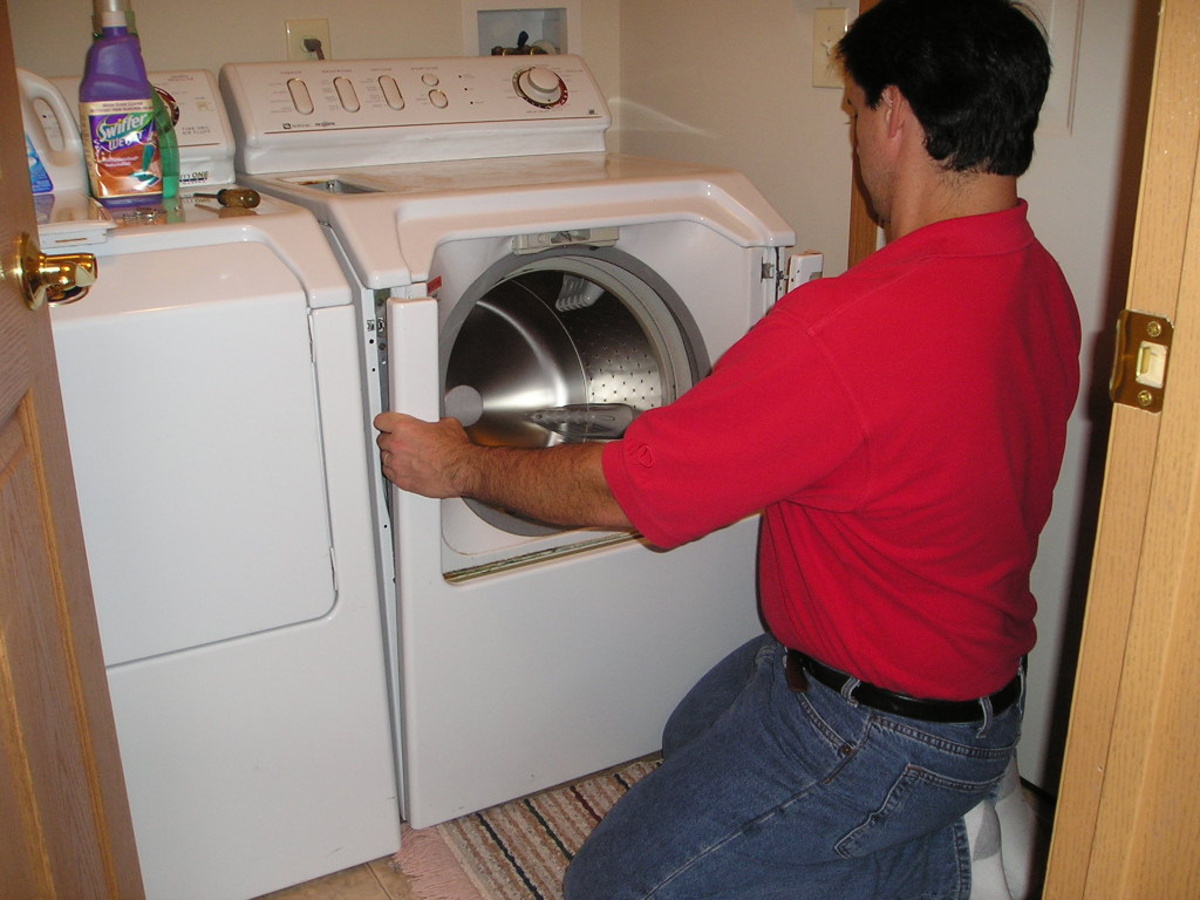

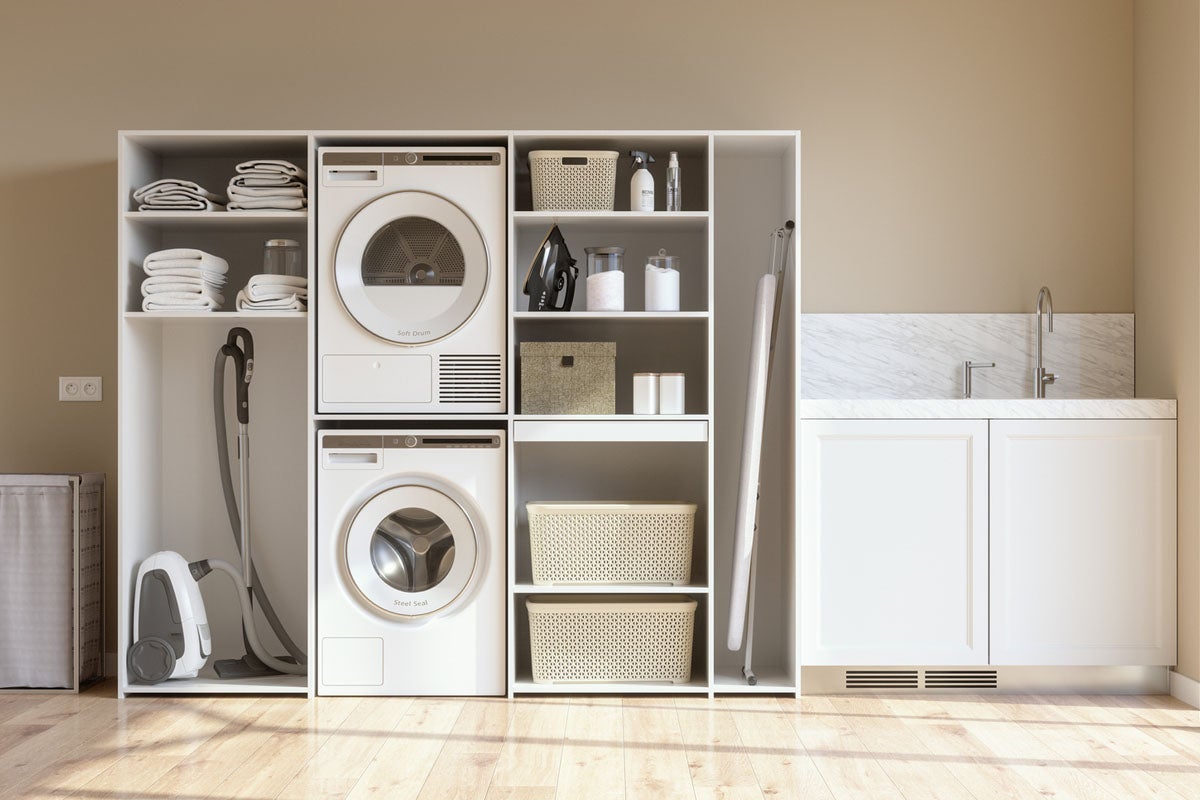



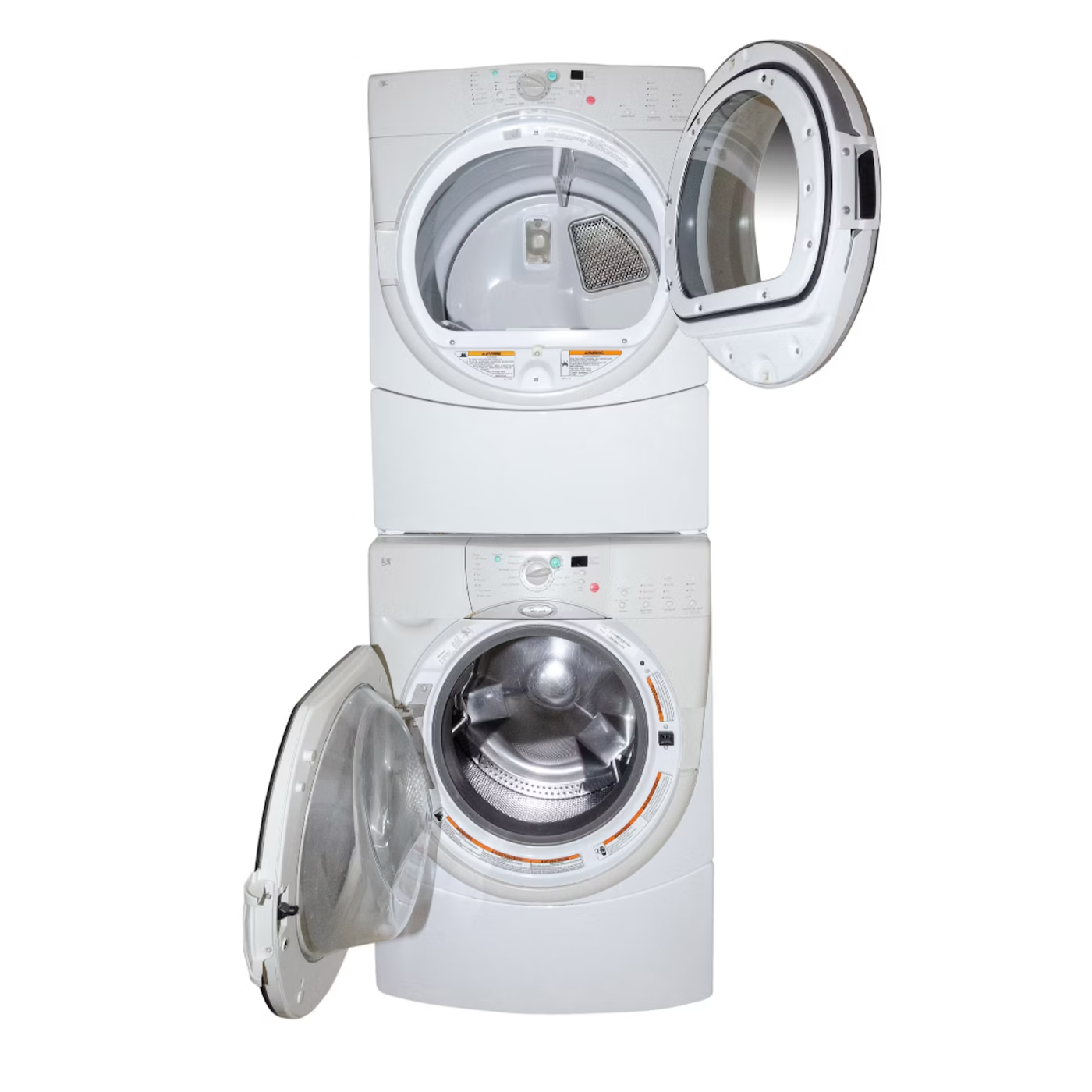
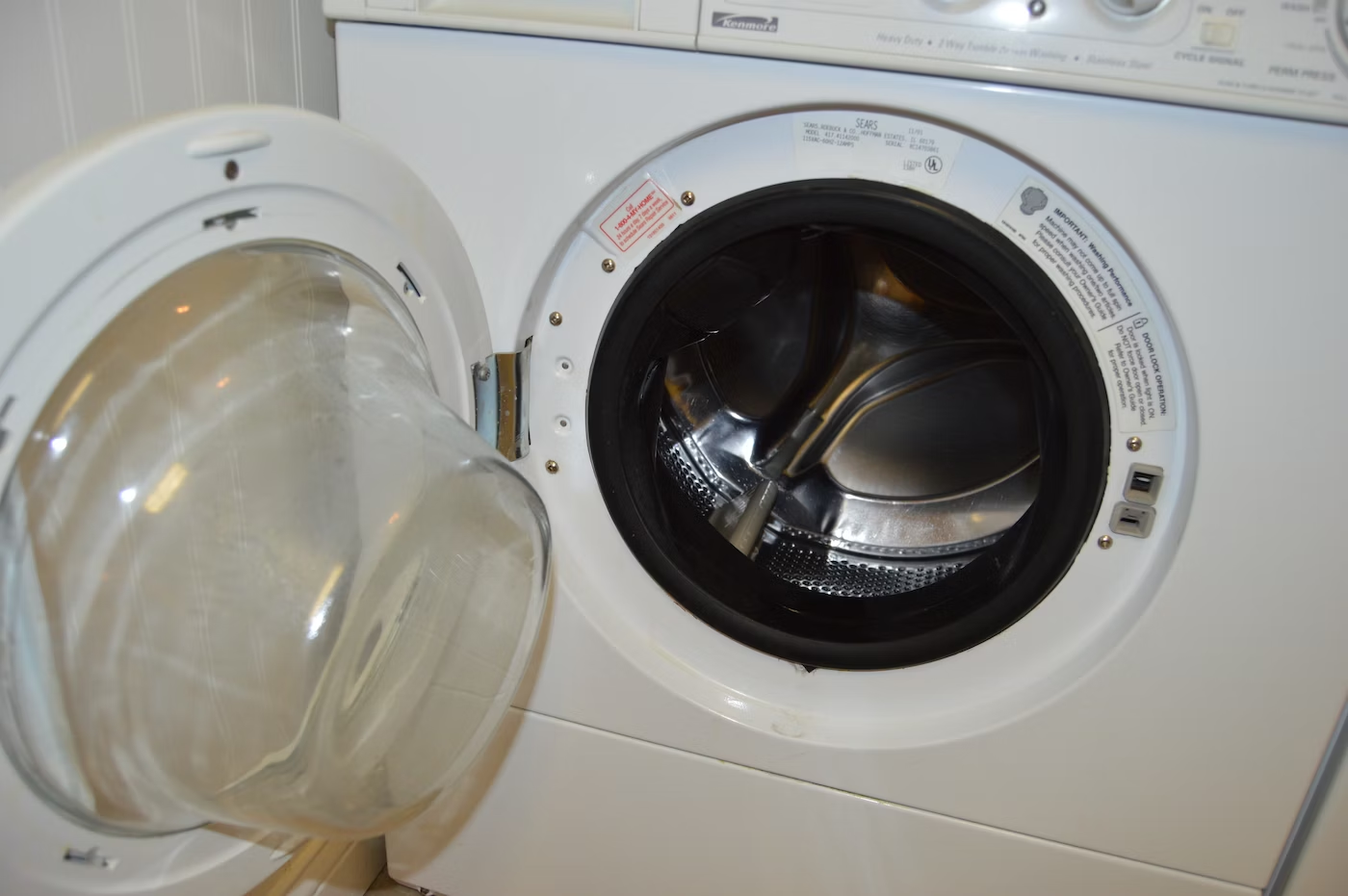
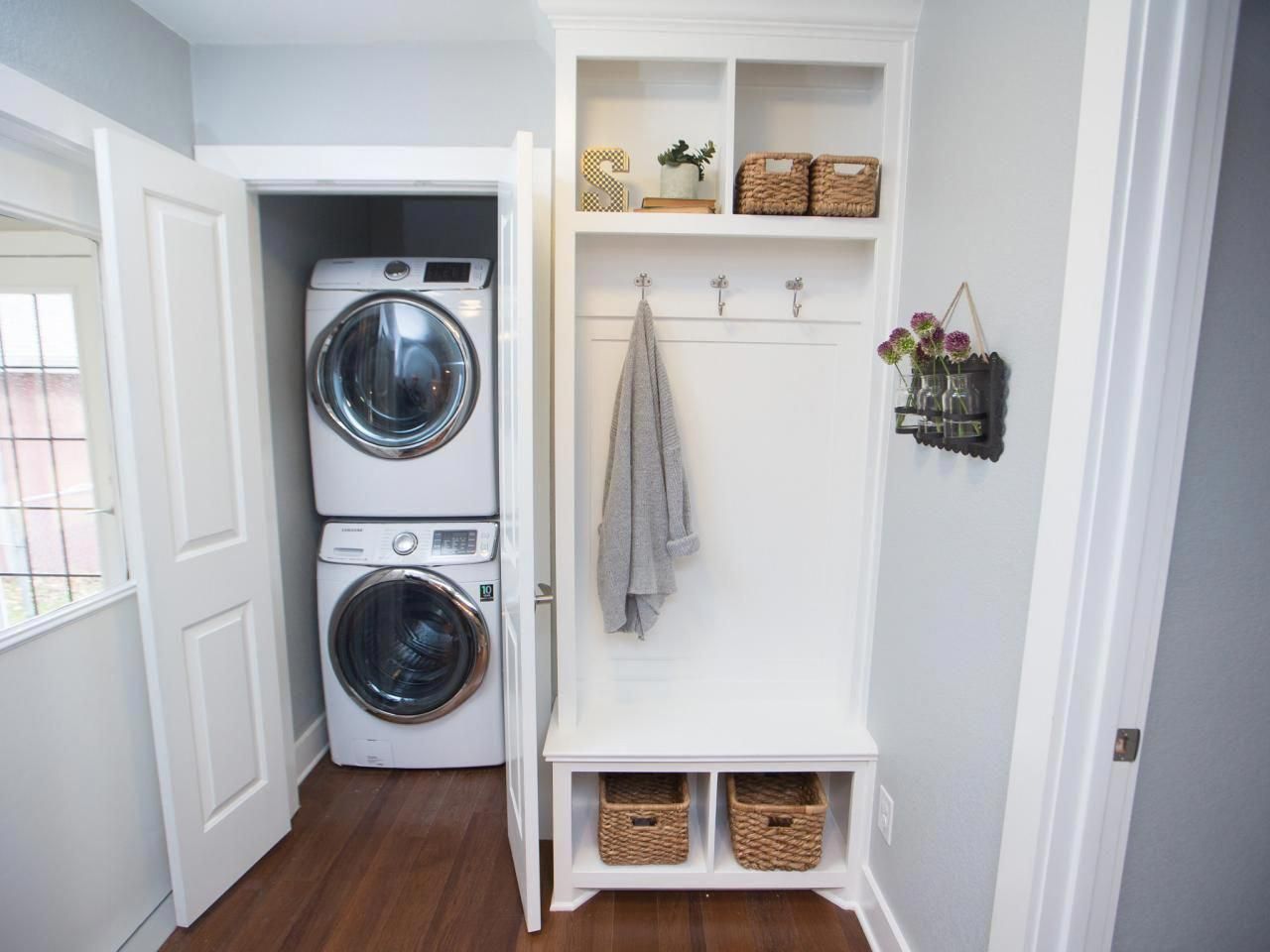

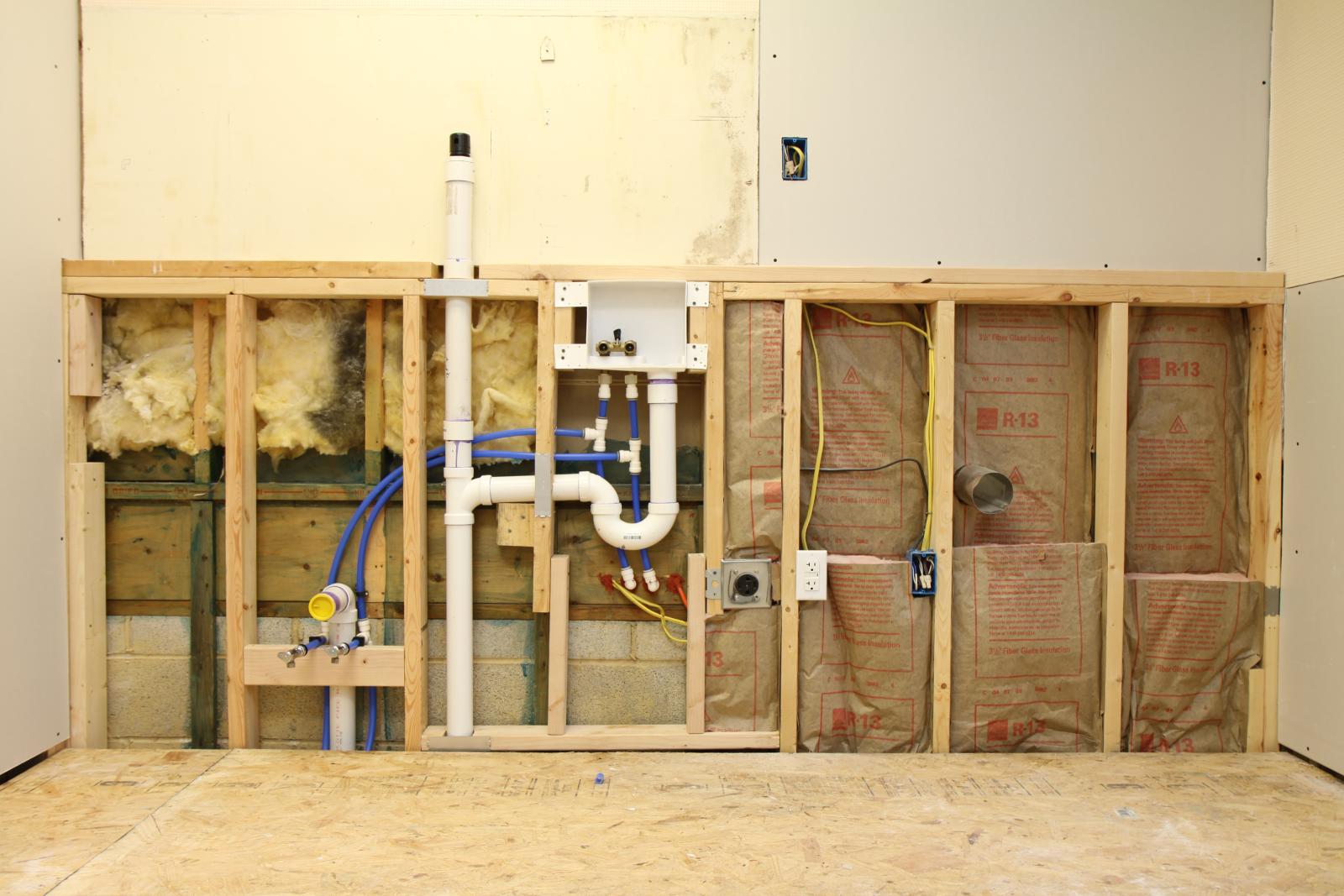

0 thoughts on “Stacked Washer Dryer Can Fit How Much”